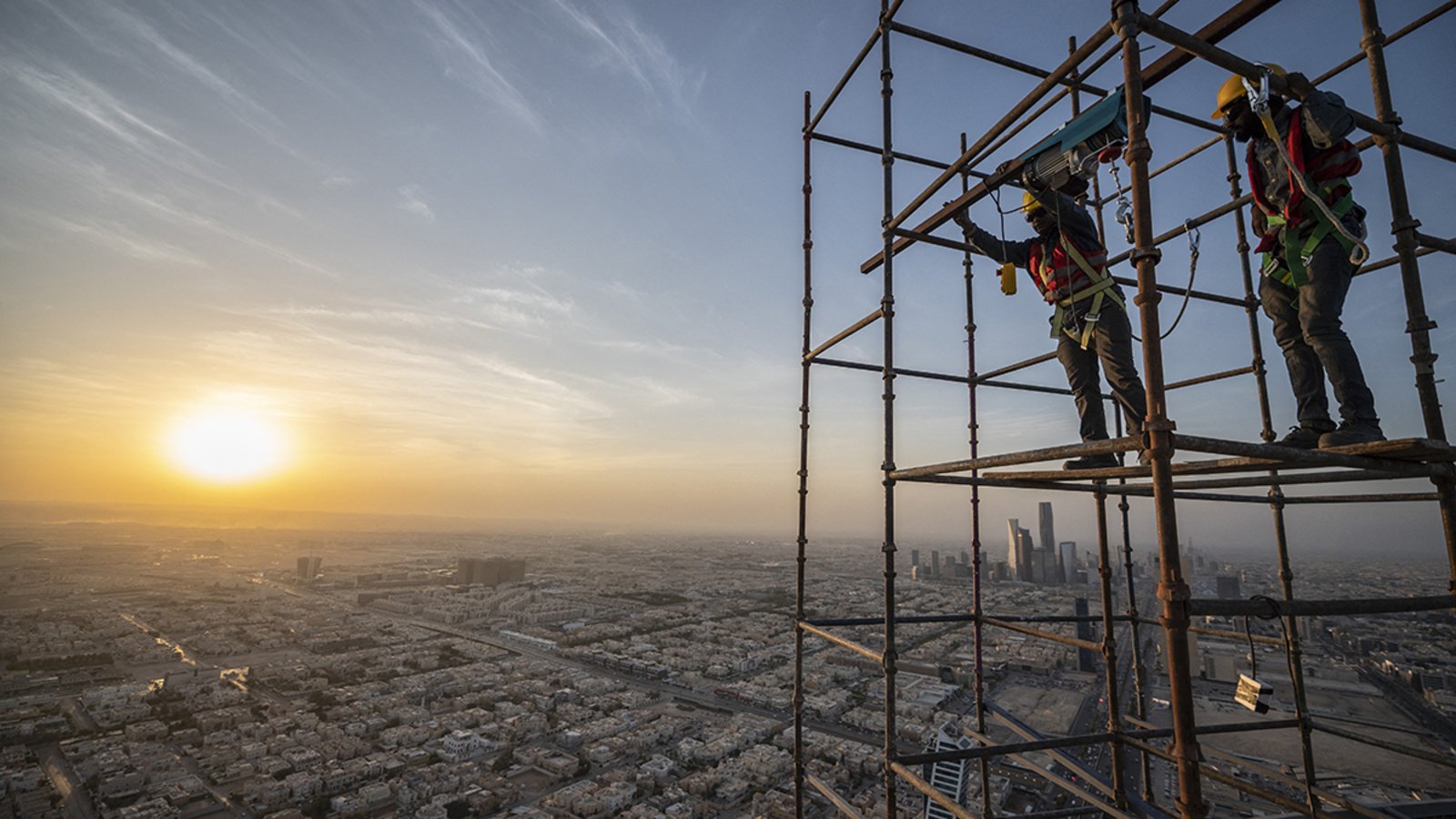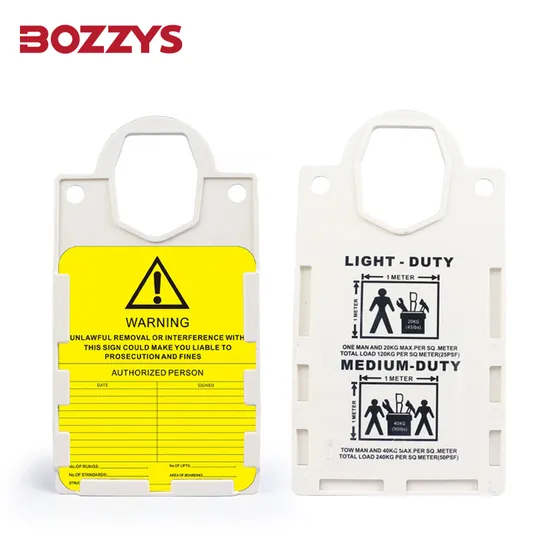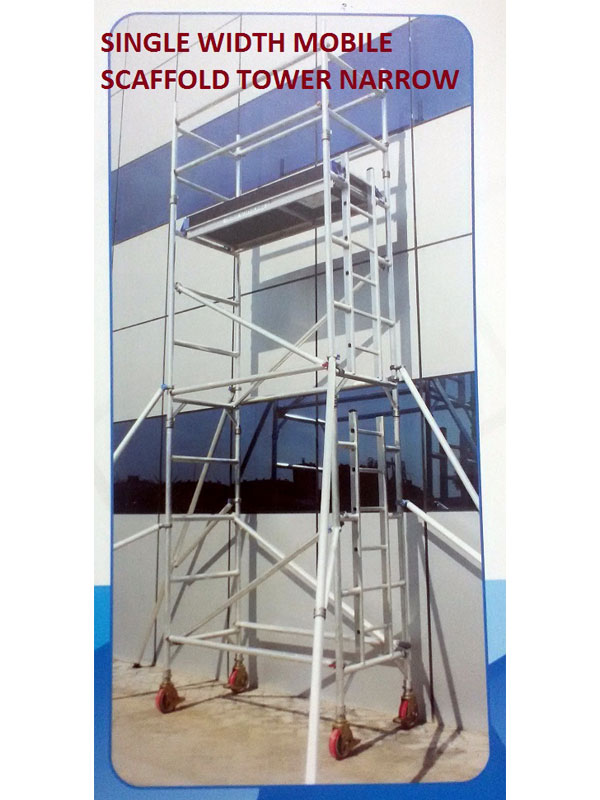Setting up scaffolding on uneven ground requires precision and care. This is especially important in construction projects in Saudi Arabia.
Ensuring the stability of scaffolding on uneven surfaces is crucial for worker safety and project success. Saudi Arabia’s unique landscape presents specific challenges. Construction sites often encounter uneven terrain, making scaffolding setup more complex. Proper techniques and tools can make this task easier and safer.
In this guide, we will explore the best practices for setting up scaffolding on uneven ground in Saudi Arabia. By following these steps, you can ensure a stable and secure work environment. Let’s dive into the essentials of scaffolding setup on challenging terrains.
Importance Of Safe Scaffolding
Safe scaffolding is crucial in construction. It provides a stable platform for workers. Proper setup prevents accidents and injuries. In Saudi Arabia, the need for safe scaffolding is even more important. The terrain can be uneven and challenging. Ensuring safety protects workers and complies with regulations.
Risks Of Unsafe Scaffolding
Unsafe scaffolding poses many risks. Workers face possible falls and injuries. Improper setup can lead to structural failures. Equipment may collapse under weight. These accidents can cause serious harm. They can also damage materials and delay projects. Safety measures must be prioritized to avoid these risks.
Legal Requirements In Saudi Arabia
Saudi Arabia has strict scaffolding laws. Compliance ensures worker safety. Regulations mandate proper equipment use. Scaffolds must meet safety standards. Inspections are required at regular intervals. These laws aim to prevent accidents. They protect both workers and employers from legal issues. Following these rules is essential for all construction projects.

Credit: www.cfr.org
Choosing The Right Scaffolding
Setting up scaffolding on uneven ground in Saudi Arabia requires careful planning. Adjust the base plates and use leveling jacks. Ensure stability by securing the structure properly.
Choosing the right scaffolding is crucial when setting up on uneven ground, especially in the dynamic construction landscape of Saudi Arabia. The wrong choice can lead to delays, increased costs, and even safety hazards. By selecting the appropriate scaffolding, you ensure that your construction site is both safe and efficient. Let’s dive into some practical considerations to help you make the best choice.Types Of Scaffolding
There are several types of scaffolding you can consider, each with its own set of advantages. Supported scaffolding is one of the most common types, ideal for stable surfaces but can be adapted for uneven ground with the right adjustments. Suspended scaffolding hangs from above and is useful for high-rise buildings, though it requires specialized equipment and training. Then there’s rolling scaffolding, which offers mobility but demands an even surface for safe operation. Have you thought about which type might best suit your project needs?Material Considerations
The material of your scaffolding impacts its durability and safety. Steel scaffolding is robust and can bear heavy loads, making it a popular choice for large projects. However, it’s heavier and may require more resources to transport and set up. Aluminum scaffolding, on the other hand, is lightweight and easier to assemble, though it might not support as much weight as steel. In Saudi Arabia’s heat, choosing the right material ensures longevity and safety. What material aligns with your project’s demands and environmental conditions? Reflect on your past projects. Have you ever faced challenges because of the wrong scaffolding choice? By understanding these options, you can avoid pitfalls and ensure your construction site is both safe and productive.Assessing The Ground
Setting up scaffolding on uneven ground in Saudi Arabia requires careful preparation. The first step is to assess the ground. This helps ensure the scaffolding will be stable and safe for workers. Let’s look at the key points for a thorough assessment.
Identifying Uneven Surfaces
Walk around the area where you plan to set up the scaffolding. Look for dips, bumps, and slopes. Note any significant changes in elevation. This will help you determine where you need to make adjustments.
Use a level to check the ground’s flatness. Place the level in different spots to get an accurate reading. If the bubble is not centered, the ground is uneven. Mark these areas for further attention.
Evaluating Soil Stability
Soil stability is crucial for scaffolding safety. Check the type of soil in the area. Sandy or loose soil can shift and cause instability. Firm soil is better for holding scaffolding in place.
Test the soil by inserting a metal rod into the ground. The rod should go in smoothly and with resistance. If it goes in too easily, the soil may not be stable. Consider reinforcing the ground with gravel or compacted soil.
Also, check for signs of water or moisture. Wet soil can weaken the foundation and lead to accidents. Ensure the area is dry or take steps to drain excess water.
Preparing The Ground
Setting up scaffolding on uneven ground in Saudi Arabia requires careful preparation. The ground must be stable to ensure safety and efficiency. Proper preparation helps prevent accidents and ensures a smooth workflow.
Clearing Debris
Remove all debris from the site. Rocks, branches, and rubbish can cause instability. Use tools to clear the area effectively. A clean site provides a solid base for scaffolding.
Leveling Techniques
Identify uneven areas. Use a spirit level to check ground balance. For small adjustments, sand or gravel works well. For larger slopes, soil may need to be shifted. Ensuring a level ground helps maintain scaffold stability.
Anchoring The Scaffolding
Anchoring the scaffolding on uneven ground is crucial in construction. Saudi Arabia’s diverse terrain demands proper techniques for stability. Without solid anchoring, scaffolding can become dangerous. Ensure safety and efficiency with the right methods.
Using Base Plates
Base plates distribute weight evenly across the ground. They prevent the scaffolding from sinking into the soil. Choose plates that are strong and durable. The right size is key for effective weight distribution. Secure them tightly to the ground. This prevents movement and adds stability.
Implementing Adjustable Legs
Adjustable legs offer flexibility on uneven surfaces. They allow precise height adjustments. This ensures the scaffolding remains level. Adjust the legs to match the ground’s slope. Tighten each leg securely. This maintains balance and prevents wobbling. Regular checks are essential for safety.

Credit: www.cfr.org
Erecting The Scaffolding
Setting up scaffolding on uneven ground in Saudi Arabia can be challenging. Proper erection ensures safety and stability throughout construction. Attention to detail and following guidelines is crucial for successful assembly. This section will guide you through the process of erecting scaffolding effectively.
Step-by-step Assembly
Start by inspecting the site for hazards. Remove debris and obstacles. Use base plates and adjustable legs to level the scaffolding. Secure the base firmly to prevent movement. Assemble the frames, ensuring each is locked in place. Add cross braces for stability. Double-check all connections and fastenings.
Ensuring Vertical Alignment
Use a spirit level to check vertical alignment. Adjust the legs until the scaffolding is perfectly upright. Confirm alignment regularly during the assembly. Misalignment can cause instability and safety risks. Ensure all components are properly aligned before use. This guarantees a safe working environment.
Safety Measures
Setting up scaffolding on uneven ground in Saudi Arabia requires careful planning. Secure the base with adjustable legs for stability. Ensure all components are tightly connected and use planks to level the surface. Regularly inspect the structure for safety compliance to prevent accidents.
Setting up scaffolding on uneven ground in construction sites, especially in places like Saudi Arabia where the terrain can vary greatly, requires meticulous attention to safety measures. Ensuring the safety of everyone involved is not just a priority; it’s a necessity. So, how can you make sure your scaffolding is secure? Let’s delve into some crucial safety measures.Using Guardrails
Guardrails are your first line of defense against falls. Installing them correctly can prevent accidents and injuries. Ensure that guardrails are installed on all open sides and ends of the scaffolding. Make sure they are at least 42 inches high to offer optimal protection. It’s a simple measure that can make a significant difference in keeping your team safe.Personal Protective Equipment
Personal protective equipment (PPE) is non-negotiable on construction sites. Equip your team with helmets, safety harnesses, and non-slip boots. Each piece of equipment plays a vital role in ensuring safety. Imagine this: a helmet can protect against falling debris, while a harness can prevent a deadly fall. Always check that PPE is in good condition and fits properly. Would you skydive without checking your parachute? By incorporating these safety measures, you can significantly reduce the risk of accidents when setting up scaffolding on uneven ground. Safety doesn’t happen by accident; it requires planning and vigilance. Are you ready to ensure your site meets the highest safety standards?Regular Inspections
Ensuring safety during construction in Saudi Arabia requires setting up scaffolding properly on uneven ground. Regular inspections help identify potential hazards, ensuring stability and worker safety. Adjust scaffolding according to terrain, using appropriate leveling tools.
Setting up scaffolding on uneven ground in construction projects in Saudi Arabia presents unique challenges. Regular inspections are crucial to ensure safety and stability. This process isn’t just about ticking boxes; it’s about safeguarding lives and maintaining integrity. Imagine walking through your site knowing that every scaffold is secure, every part inspected. Regular inspections empower you with confidence and peace of mind. Now, let’s dive deeper into how you can make this a part of your daily routine with some actionable tips.Daily Checks
Daily checks are your first line of defense. They catch issues before they become problems. Start each day by walking the site. Look for any signs of wear or damage. Ensure that all connections are tight and secure. Inspect the ground stability, especially if conditions have changed overnight. Make it a routine, not a chore. Involve your team and encourage them to report any concerns. It’s not just about safety; it’s about creating a culture of vigilance. Are you ready to make daily checks a habit?Maintenance Tips
Maintenance is where inspections meet action. It’s not enough to identify issues; you must address them promptly. Clean scaffolding regularly to prevent build-up of dust and debris. This can cause slips and reduce visibility. Lubricate movable parts to ensure smooth operation. Replace worn-out components immediately to prevent accidents. Have a checklist handy. Use it to track maintenance tasks and ensure nothing is overlooked. Share stories of past successes where timely maintenance prevented accidents. This inspires and instills pride in your team. Are you keeping your scaffolding in top condition? Incorporating regular inspections into your routine is more than a safety measure. It’s a commitment to excellence and responsibility. As you enhance these practices, you not only protect your team but also solidify your reputation in the construction industry in Saudi Arabia. Are you ready to elevate your scaffolding practices to new heights?Training And Certification
Training and certification are crucial in the construction industry. Especially in Saudi Arabia. Setting up scaffolding on uneven ground demands special skills. Workers need proper guidance and certification to ensure safety. These requirements protect workers and maintain high industry standards.
Worker Training Programs
Worker training programs are essential. They teach skills for setting up scaffolding on uneven ground. These programs cover practical and theoretical aspects. Safety measures are a significant part of the curriculum. Trainees learn to identify risks and handle equipment safely. Trained workers can efficiently manage the challenges of uneven terrain.
Certification Requirements In Saudi Arabia
Saudi Arabia mandates specific certification for scaffolders. This certification ensures workers are skilled and knowledgeable. The process involves assessments and exams. Only certified individuals can work on scaffolding projects. This rule helps maintain safety standards. Employers must verify the certification of their workers. This step is crucial for legal compliance and project safety.

Credit: www.saferack.com
Frequently Asked Questions
How Do You Build Scaffolding On Uneven Ground?
Level the ground using adjustable base plates. Use screw jacks to adjust scaffold height. Ensure stability with braces and ties. Check all components and connections for safety. Regularly inspect and maintain the structure.
What Is The Best Scaffolding For Uneven Ground?
Adjustable scaffolding is ideal for uneven ground. It features adjustable legs for stability and safe use. Look for options with non-slip bases and durable materials. This type ensures balanced support, minimizing risks during construction tasks. Always prioritize safety and check for compliance with local regulations.
Is Placing The Scaffold On Uneven Ground A Significant Concern When Using?
Yes, placing scaffolds on uneven ground is a significant concern. It can lead to instability and potential accidents. Ensure the ground is level and stable before setup. Use base plates and adjust legs to maintain safety. Proper inspection and adjustments are crucial for safe scaffolding use.
What Are The Requirements Of The Area When Setting Up A Scaffold?
Ensure the ground is stable and level. Remove obstacles and debris. Maintain safe distance from power lines. Provide adequate space for scaffold installation. Ensure proper access and egress routes.
Conclusion
Setting up scaffolding on uneven ground in Saudi Arabia requires attention to detail. Ensure stable footing for safety. Use adjustable base plates for balance. Check the ground conditions thoroughly. Always follow local regulations and guidelines. Safety is the top priority.
Proper training is essential for the construction team. Inspect the scaffolding regularly. This practice prevents accidents and delays. With these steps, scaffolding can be safely installed. Working efficiently ensures project success.


